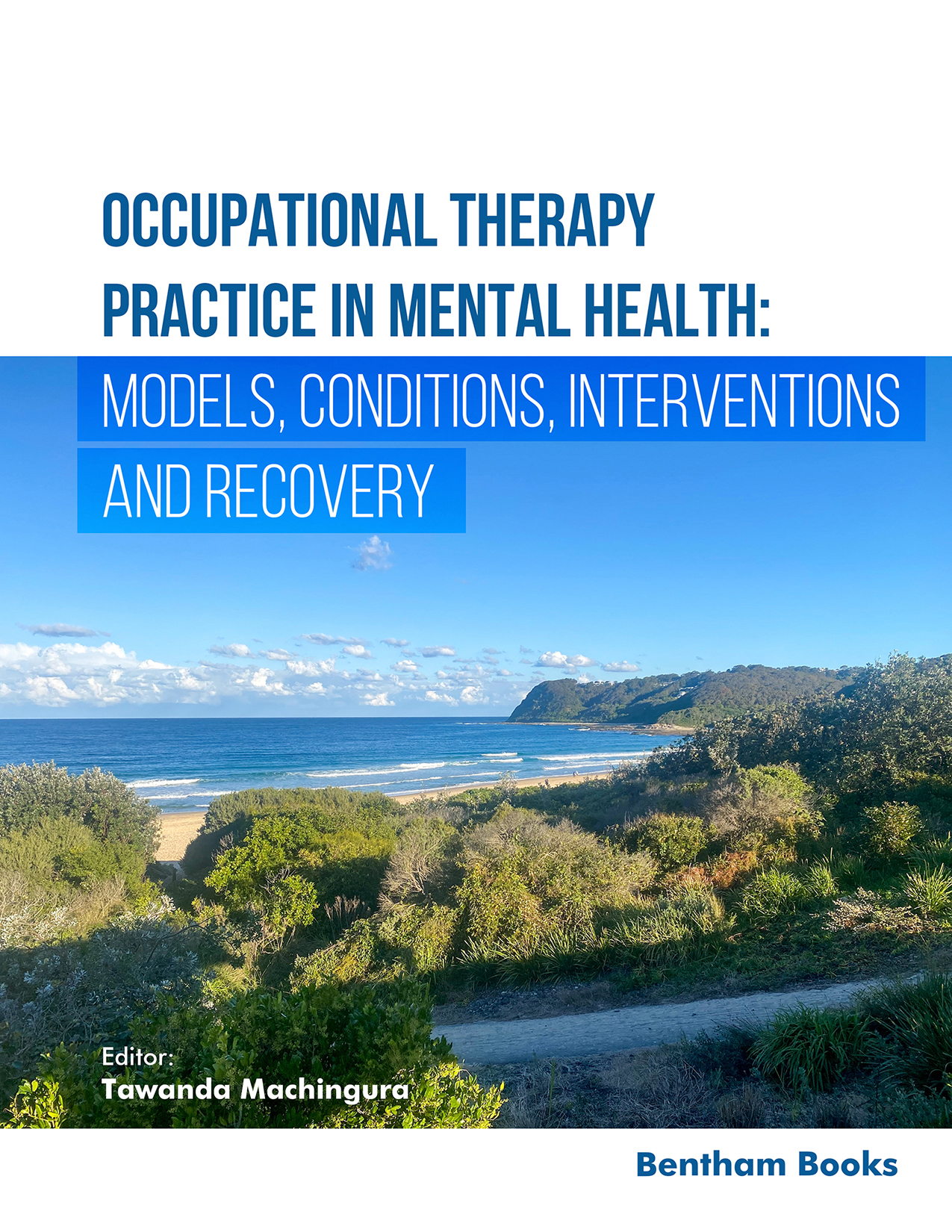Introduction
Structured across four sections, the book begins with foundational models of practice, including MOHO, CMOP-E, PEO, and the Kawa model,before examining common and often underrepresented mental health conditions such as eating disorders and personality disorders.
Building on this foundation, the book highlights occupational therapy–specific interventions, from psycho-education and CBT to sensory approaches and group work, offering practical tools and resources for clinicians. The final section critically discusses recovery, social determinants of mental health, participatory citizenship, and the role of technology in shaping future practice. Designed for flexible use, each chapter functions as a standalone resource, enabling readers to dip into specific topics as needed.
Key Features:
- - Explains core occupational therapy models used in mental health practice.
- - Addresses diverse conditions, including underrepresented diagnoses like eating and personality disorders.
- - Demonstrates occupational therapy–specific interventions within interdisciplinary teams.
- - Provides practice tools, instruments, and case-based examples for learners and professionals.
- - Critiques recovery-oriented practice and explores emerging roles for technology and citizenship.
Readership:
Essential for occupational therapy students, educators, and practitioners in mental health, as well as allied health professionals, service users, and families seeking insight into OT practice.

